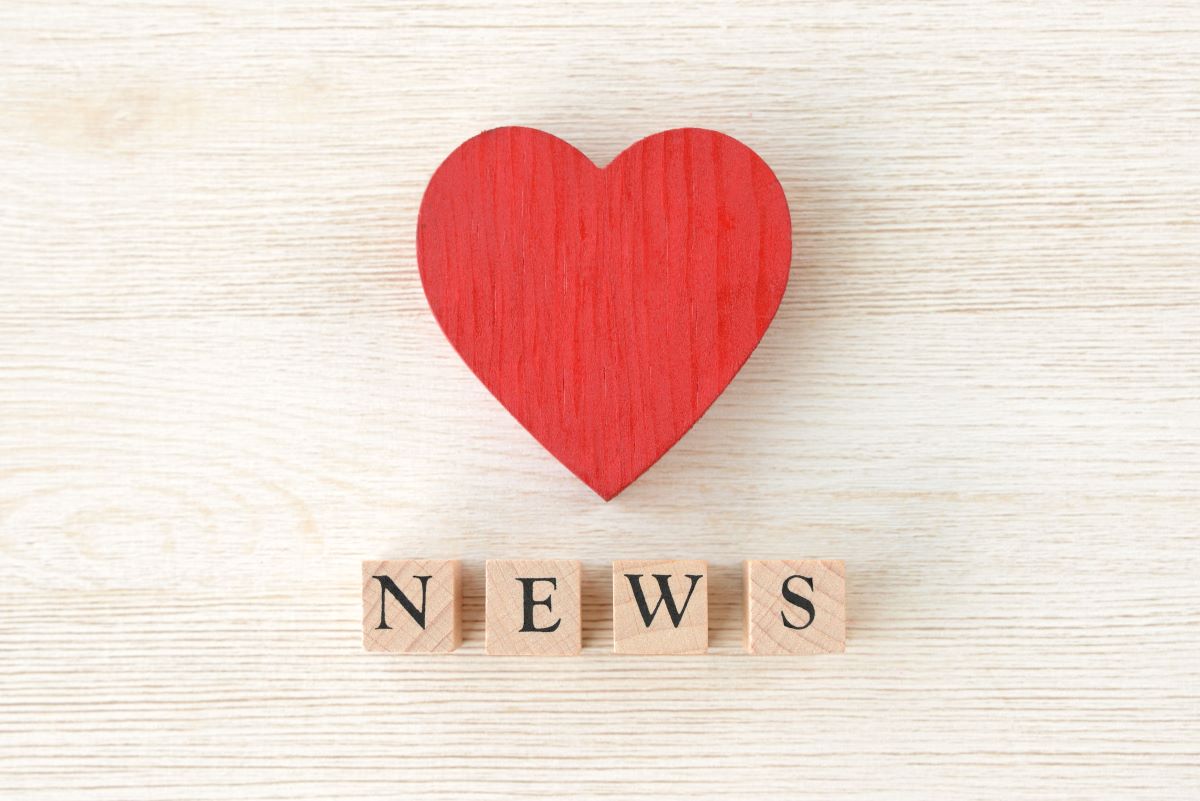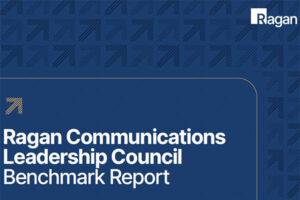8 ways to make your internal newsletter shine in 2021
Write sharp headlines, tell stories that establish emotional, personal connections, and deliver useful content that supports corporate goals.

Editor’s note: We are re-running the top stories of 2021 as part of our year-end countdown.
With so many people working from home during the pandemic, companies have more remote workers to reach than ever. And there’s no end in sight.
Research firms say 82% (Gartner) to 86% (Gallagher) of companies plan to let employees work remotely at least part of the time even after the pandemic is over. A global survey in 2020 shows that people’s sense of belonging is worse when working from home. Employees have difficulty building and maintaining work relationships and staying aware of what others are working on.
Communication professionals are responding by using multiple channels to reach employees. And the humble e-newsletter is still a valued part of the mix.
Still, there’s no question the e-newsletter has competition in employee in-boxes. So here’s how to make your newsletter “click-worthy” and the best it can be in 2021:
1. Use effective headlines that encourage people to open your email.
“January newsletter” doesn’t cut it. What are the most interesting, appealing or valuable topics in the issue? Why should someone open the newsletter? Note that you build trust in the value of what you share over time. If what you share has little value and doesn’t match the promise in your headline, you’ll train people to ignore future messages from you.
2. Put the “letter” back into “newsletter.”
Ann Handley (marketer and author of the excellent “Everybody Writes”) says this about marketing newsletters, but the same is true of internal ones: “People get ‘news’ instantly from social media. What they want from you is the “’letter.’”
That’s the part written to the reader, the way investment guru Warren Buffett writes his advice as if he’s talking to his sister. The “letter” is friendly. It explains the “why,” the thinking or reasoning behind the scenes, and who’s doing it. It’s personal. Sometimes it’s even funny.
3. Be the human connection.
Related to #2 is finding the human angle in every story. Is safety a focus? Find the departments doing well and who is setting the pace and how. Developing new products? Find out who is involved and how and what difference it will make to the company. Let others know what projects are going on and who is involved. Recognize employee effort and profile the people doing the work.
4. Deliver useful content that helps employees do their jobs.
Think about how employees can use the information you provide. Help them understand strategies and plans and the latest COVID-19 actions. Connect the dots on how to support company goals. Show a “day in the life” that demonstrates the challenges employees face. Ask and answer questions. This could also mean segmenting your newsletter list to get specific messages to the right internal teams.
5. Deliver useful content that supports company goals.
What business problems can employees directly affect? Do people understand the difference their actions make? Profile department achievements and how they affected company goals. Answer the top questions customers ask. Highlight case studies that show your people and products or services making a difference to customers.
6. Promote diversity and inclusion.
If your company has diversity and inclusion plans (and if not, why not?), now is the time to make sure employees see change. How is the company taking action? What’s new or different? Share case studies and stories of how the company supports women and diverse employees. Invite feedback and comment in a safe space about what else needs to be done.
7. Make it quick and easy to read.
Keep the writing clear and concise. Use short, familiar words. Lose the jargon. Write as if to a friend and make generous use of the word “you.” Make the newsletter scannable with headings, subheadings, images and white space. Use brief summaries of key points and link to longer, more detailed explanations on your intranet, for those who want to get into the weeds.
8. Vary the content.
Keep to a familiar format so employees know what to expect and where to find key information, but mix up how you deliver it. Alternate text with infographics for a quick visual of important numbers or milestones. Embed video content or link to podcasts. Collect employee feedback with one-question surveys or quizzes and report on results.
How about your company? Is an e-newsletter part of the communication efforts? What makes it work or where does it need help? What tips would you add to make it click-worthy?
Based in Toronto, Ontario, Sue Horner is president of Get It Write. Read more of Sue’s work in her Wordnerdery newsletter.






